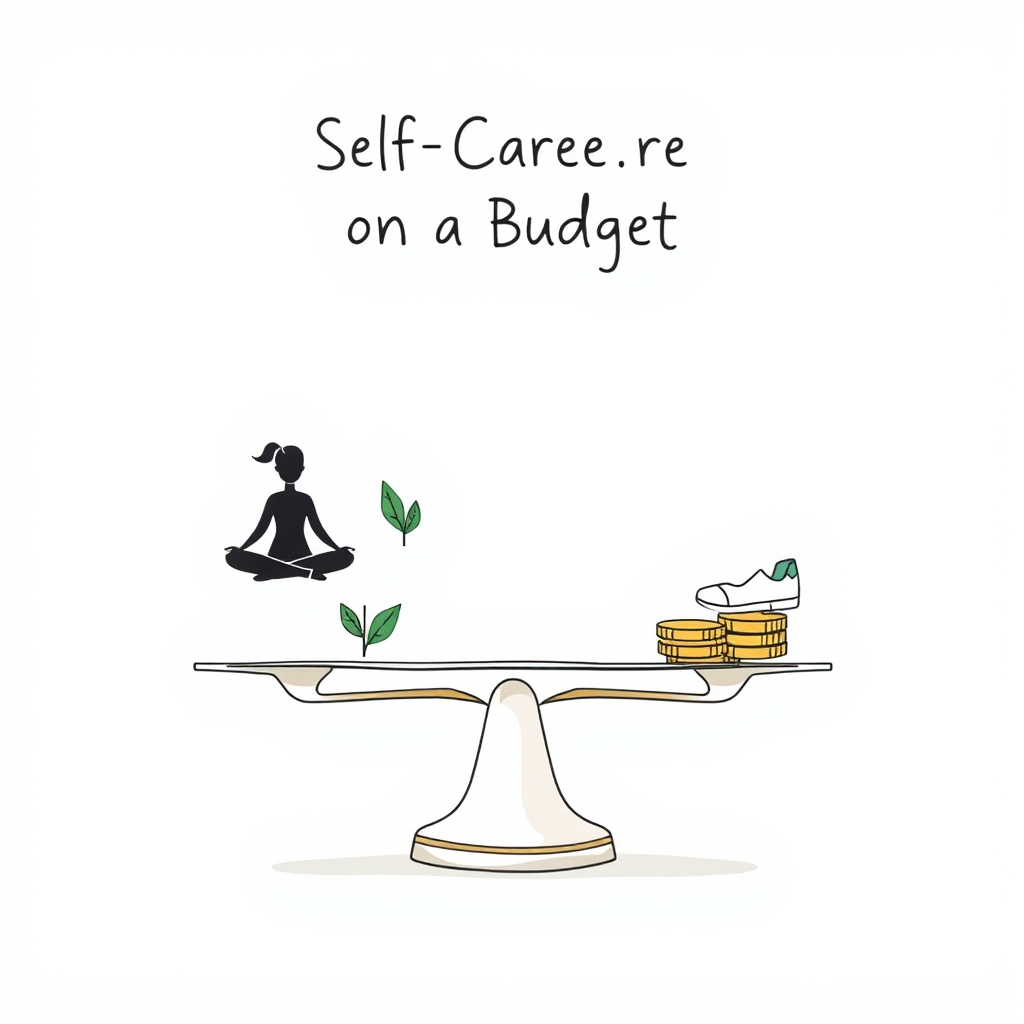Self-Care on a Budget: Smart Spending Tips

Prioritizing Wellbeing: A Guide to Affordable Self-Care
Self-care has moved beyond a buzzword to become recognized as a crucial component of overall health – encompassing physical, mental, and social wellbeing. However, the perception that prioritizing oneself necessitates significant financial outlay often presents a barrier for many. The escalating costs of services like massage, therapy, and fitness classes can quickly accumulate, making consistent self-care feel unattainable. A proactive, budget-conscious approach is therefore essential.
The first step is defining what self-care means to you. It’s a deeply personal concept; for some, daily yoga and meditation suffice, while others require regular professional support or dedicated time off. Identifying these core needs allows for a more targeted and realistic budget.
Speaking of budget, allocating a specific amount each month – even a modest $50-$100 – demonstrates a commitment to wellbeing. Utilizing budgeting apps like You Need A Budget or Mint can help track these expenses and ensure adherence. Don’t forget to investigate potential wellness stipends offered by your employer – a frequently overlooked resource.
It’s tempting to sample a wide array of self-care activities, but prioritizing quality over quantity is key. A single, impactful investment – such as custom orthotics to address chronic pain – can yield greater long-term benefits than a series of fleeting, expensive treatments. Addressing underlying physical issues not only improves immediate comfort but also enhances overall mobility and quality of life.
Fortunately, numerous affordable and accessible resources exist. Online meditation apps, free workout videos on platforms like YouTube, and telehealth therapy services offer high-quality care at a fraction of the cost of traditional in-person appointments. Websites like lamina.ca provide valuable information and support for foot health, body alignment, and general wellness, and can also help navigate insurance coverage.
For those occasional indulgences – a massage, chiropractic session, or premium skincare – establishing a dedicated savings account is a smart strategy. This allows you to enjoy these treats guilt-free, and taking advantage of advance booking discounts and package deals can further maximize your investment.
In my view, the biggest mistake people make is viewing self-care as a luxury rather than a necessity. It’s not about extravagant spending; it’s about making conscious choices that support your physical and mental health. A balanced approach – combining affordable online resources with strategic investments in targeted treatments – is the most sustainable path to wellbeing. Prioritizing health doesn’t have to jeopardize financial stability; with careful planning and mindful spending, it’s entirely possible to nurture yourself without breaking the bank.